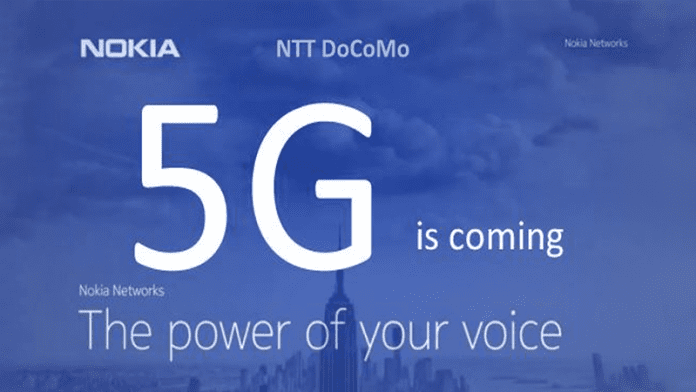As we know, the 5G is expected to arrive sometime between 2019 and 2020, just in time to replace 3G networks, which already have an expiration date for current operators since 2020. In addition, this arrival will coincide with one new retuning of DTT to release the 700 MHz band, which will have even greater than the 800 MHz currently used by the 4G. Among the large technology companies worldwide are developing 5G technology are Ericsson, Huawei, and Nokia. It is the latter that has signed an agreement with Orange to develop all aspects that aim to improve the 5G. Increasing the number of users connected to the network, reducing latencies times of 1 ms, improve network efficiency, make the opening of new bands to improve coverage and speed, and endure the relentless rise in traffic on data networks. The agreement signed between Orange and Nokia aims to collaborate in the development of products and services that will allow industry and consumers to enjoy the benefits we have listed. These next-generation networks will mean the arrival of very smart and connected cities, as everything will be connected to the Internet without exception: cars, shops, factories, offices, hospitals, homes, etc. The agreement also aims to make the transition from 4G to 5G the most efficient in terms of operating and cost, as well as working with other companies to develop and test new solutions. So, the 4.5G network is a Pro network that will arrive this year with speeds ten times higher than the current 4G. 5G will widths unimaginable band since at present has achieved already in tests a speed of 35 Gbps. With the connection being several Gigabits, coupled with a very low latency, can get to use this connectivity to replace the cables on many occasions, such as the consumption of audiovisual content or virtual reality.
Δ


